According to a WHO report, half of the world’s population will live in water-stressed areas by 2025. We are already witnessing the water crisis with countries like Israel, Qatar, Lebanon, Iran, Libya, Jordan, Kuwait, Saudi Arabia, United Arab Emirates, San Marino, Eritrea, Bahrain, Turkmenistan, Oman, Botswana, Pakistan and India suffering from extremely high baseline water stress.
Out of all these countries, the US, Egypt, India and Iraq are already facing water scarcity. With around 18% of the world’s population, India possesses just 4% of the world’s freshwater. This puts India as world’s 13th most water-stressed country. It’s well understood that we can’t have control over natural calamities like floods and droughts, however, we can control water pollution, depleting ground water levels, and wastage of water.
Human forces are trying to address this challenge and one such force is Indra Water. The organization was also among the 10 entrepreneurs who recently received USD 1.9 million of financial support by HCL Group to tackle global freshwater crisis. The financial support from the HCL Group came under its Aquapreneur Innovation Initiative launched in collaborations with UpLink, the open innovation platform of the World Economic Forum, to support water-focused entrepreneurs and help them scale their innovation.
The organization is working to reduce the water wastage, create effective recycling mechanism and make water drinkable. It has deployed 8 water plants and has done over 30 pilot projects pan India, treated more than 750 million litres of water and has recovered more than 90% of it on an average for reuse purposes. In this interview with TheCSRUniverse, Amrit Om Nayak, Co-founder & CEO, Indra Water shares the challenges and solutions for water crisis.
Excerpts from the interview:
TheCSRUniverse: Please shed some light on the genesis of the concept of treating water and managing it sustainably?
Amrit Om Nayak: Growing in the southern parts of India with access to clean water only for a few hours in a day exposed me to water stress and its adverse impact on our daily life. My co-founder, Krunal Patel’s father had a business in chemicals and he was exposed to industrial water pollution from an early age.
We honed our skills in advanced automotives, clean energy systems, thermal batteries and tidal turbine farms among others over the years. We got an opportunity to work on stormwater treatment and recovery during our Masters program in University of Washington in Seattle. Both of us were quick latch on to this opportunity and we built a prototype which was able to treat and recover water.
We realized that we could create a bigger impact back home in India with water treatment and reuse as it would help us offset the requirement for billions of litres of fresh water and alleviate water pollution. We decided to start our venture in Mumbai. We were fortunate to be supported by the Department of Science and Technology, IIT Bombay and KJ Somaiya Institute when we started our journey in India.
TheCSRUniverse: Tell us about the projects you are undertaking to solve the challenges related to water crisis in India?
Amrit Om Nayak: Indra Water has deployed 8 water plants and has done over 30 pilots pan India. We treated more than 750 million litres of water and have recovered more than 90% of it on an average for reuse purposes. During the process we have also reduced sludge (harmful solid waste) generation from wastewater treatment by over 3000 tons, slashed the use of harmful chemicals by over 2000 tons and reduced GHG emissions by more than 500 tons. This has directly or indirectly positively impacted the lives of more than 500,000 people.
Our approach to decentralized point of source treatment of water with our patented electrical solution is novel, scalable and economical. We are now doing our first project outside India in Unilever’s facility in Indonesia where we will treat and remove harmful pollutants from 1.6 million litres of wastewater each day.
TheCSRUniverse: We all know that water is under tremendous stress with groundwater and freshwater resources depleting at an alarming rate. What's the solution for this?
Amrit Om Nayak: We strongly believe in a complementary ecosystem of decentralized treatment solution to reduce the stress on groundwater, freshwater and central water infrastructure. Our solution is compact, modular, plug and play and easy to integrate into existing building infrastructure without any changes. 70% of the water requirement in most buildings is for non-potable applications and this water can easily be provided for reuse at the source with the right kind of treatment. We are effectively making water more available, accessible and affordable for all with our solution.
TheCSRUniverse: At the policy level, what steps should the government take to address the inevitable water crisis?
Amrit Om Nayak: Water balance audits and monitoring is essential. Law enforcement must be systematic. We also believe that people should be charged based on a formula which accounts for the volume of wastewater generated and the total pollutant load in it. This will encourage people to treat and reuse water. Today everyone is charged just volumetrically and people generating higher pollutant load water are effectively paying the same amount of money as others generating low pollutant load wastewater. This is discouraging people from dealing with pollutants in water at their own facility thereby adding to the stress on the central infrastructure.
TheCSRUniverse: Does the pace and scale at which the water issue if being addressed suffice or do we need to do more?
Amrit Om Nayak: We need to do a lot more. The present pace cannot prevent the gap between demand and supply for water from doubling by 2030. That would lead to massive shortages and spike in price of water. India needs a well regulated water exchange in lines with the work done by PUB in Singapore. We also need to link water credits to a carbon credits economy. There is no green economy without a sustainable blue economy.
TheCSRUniverse: Which sector is the biggest water polluter and why? What’s the solution?
Amrit Om Nayak: Untreated sewage is the biggest source of water pollution in India. 74% of sewage is discharged untreated into water bodies in India. That makes up the bulk of all the wastewater generated annually in the country. Agricultural run-off containing chemicals and pesticides is a distant second followed by highly toxic industrial wastewater (textiles, sugar etc.). The sheer volume of wastewater and severe resource constraints makes it impossible to build centralized infrastructure fast enough to keep up with the demand.
It is critical to use a 2-step process where wastewater is treated at the source and at least 70% of it is reused onsite for non-potable applications. The remaining 30% may be discharged at much lower pollutant load (as per norms) for further treatment in the centralized treatment plants. This reduces volumetric and pollutant load on these plants and promotes greater treatment efficiency and quality of water.
TheCSRUniverse: I think awareness will also solve water-related problems to a greater extent. However, a larger population is unaware of the scarcity and the crisis we are going to face soon. What are your views on this?
Amrit Om Nayak: People in the southern states, Rajasthan and extreme north of the country are aware of water stress and are sensitized about water pollution. However, a larger diaspora of population does not control water distribution and does not have access or say in water resource availability related decisions. Industrial customers vie for water availability in water scarce regions and use fresh water to operate their businesses. Industries must be encouraged to recycle water.
More importantly, water tariff at higher consumption slabs must see a steep increase. Cities like Mumbai have one of the lowest water tariffs across all slabs with minimal difference in tariff between slabs due to geo-political reasons and that does not help our cause. Awareness is closely linked to habits and daily life style choices of people which in turn are influenced by financial or economic factors. The best way to promote water conservation and reuse is hence by increasing the price of fresh water significantly at higher utilization levels and by penalizing large scale water pollution.
TheCSRUniverse: Ocean acidification is another big challenge. Anything that Indra Water is doing to address this? What's the solution?
Amrit Om Nayak: Ocean acidification is directly linked to rise in carbon dioxide levels in our atmosphere. Indra’s solution provides 70-75% net carbon savings compared to conventional water treatment solutions over the life cycle of the water asset. Water treatment plants are directly linked with 3% of the global GHG emissions and infrastructure itself is linked to almost 70% of the global GHG emissions. Indra’s solution reduces civil infrastructure requirement by over 70% and reduces use of chemicals by 99%.
TheCSRUniverse: What are your views on the future of green hydrogen and green bonds in India?
Amrit Om Nayak: Green hydrogen is a viable source of energy for load hauling applications in the near term. It can however have a strong impact in decentralized power over the next decade. Hydrogen is a by-product of water treatment with Indra’s solutions. In fact, we believe that the cheapest way to generate hydrogen is from wastewater where a major cost of hydrogen generation is off-set by the cost of water treatment. This is a complementary approach. Indra is working on this and we will offset a significant portion of the energy demand of our water assets with our produced hydrogen.
TheCSRUniverse: Should environmental sustainability be the prime focus of governments, civil sectors and all stakeholders? Reason.
Amrit Om Nayak: Environmental sustainability is critical to long term stability of social and economic structures. Run-away pollution and GHG emissions are posing serious health risks. Entire ecosystems are collapsing leading to extinction of species, loss of livelihoods and a massive cost of rebuilding due to natural calamities. It is critical for people and businesses to optimize resource utilization, mitigate pollution and adopt sustainable lifestyles and practices. Government policies would go a long way in promoting and accelerating these changes.
TheCSRUniverse: What are your views on the corporates that engage in greenwashing?
Greenwashing is detrimental for all stakeholders involved. Water sustainability is economically viable and ensures business continuity. Greenwashing exposes corporates to regulatory and compliance risks without securing water resources for uninterrupted business activity.
TheCSRUniverse: Recently, around 5.9 million tons of lithium has been found in J&K. How can this be utilized towards environmental sustainability?
Amrit Om Nayak: While lithium supplies will decrease our reliance and dependence on global markets, it is important to note that lithium mining and processing is a highly polluting process. It is excellent for our near-term prospects and will help us in our quest to electrify the country quicker. However, we will need to shift to non-lithium based solutions or lower dependence on lithium in the long-term.
You may also like:
We reduce, reuse and recycle plastic and e-waste by finding innovative strategies for waste avoidance and reduction: Apoorv Chaturvedi, Founder, Eco Green Recycling
Shell and Microsoft collaborate on digital skilling for non-IT students in vocational education institutes
Bisleri International unveils its 2025 sustainability goals for plastic recycling and water conservation with Bisleri Greener Promise
G20 countries commit to enriching biodiversity, promoting sustainable and climate resilient blue economy, encouraging circular economy
Sustainable environment: How is India responding?



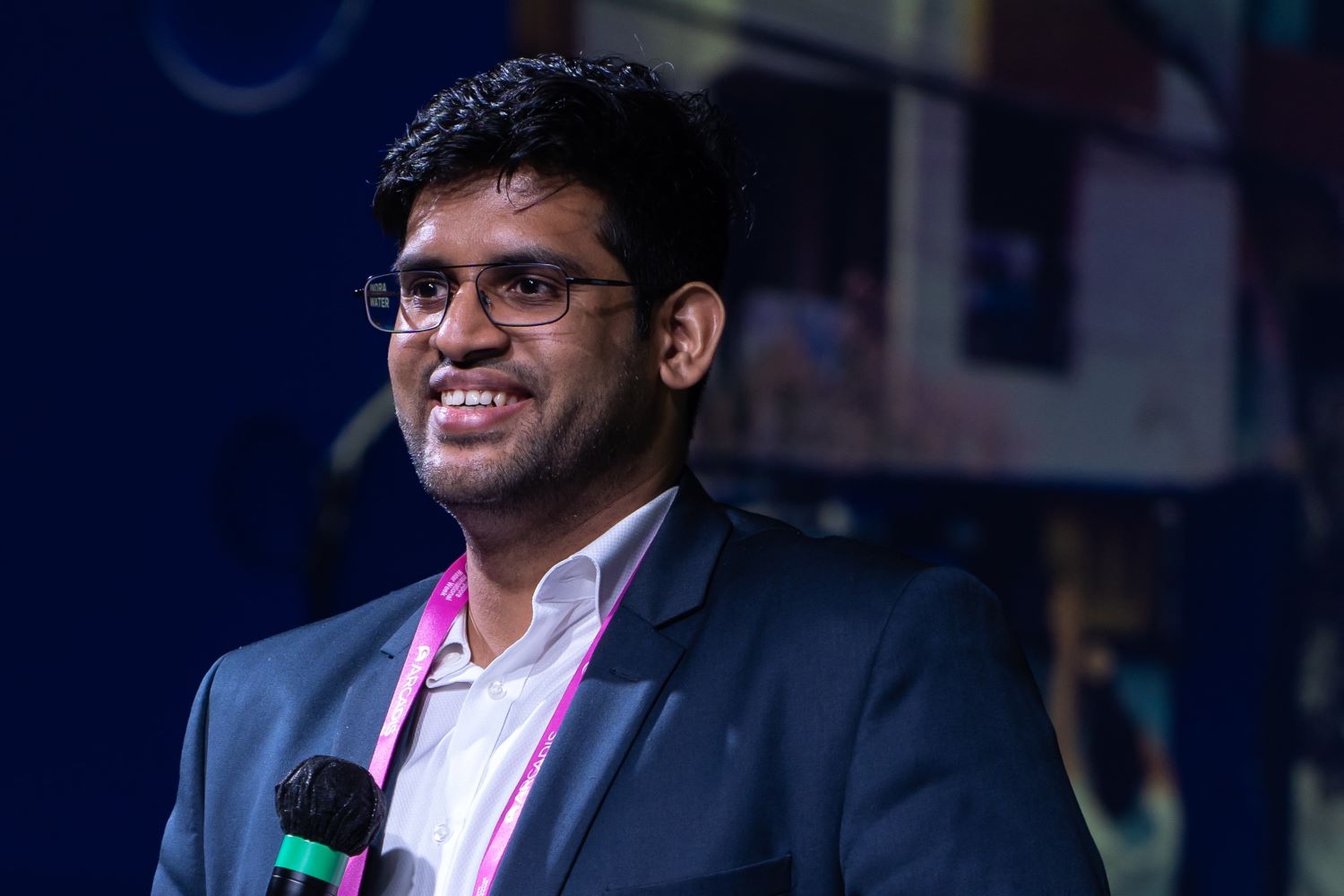
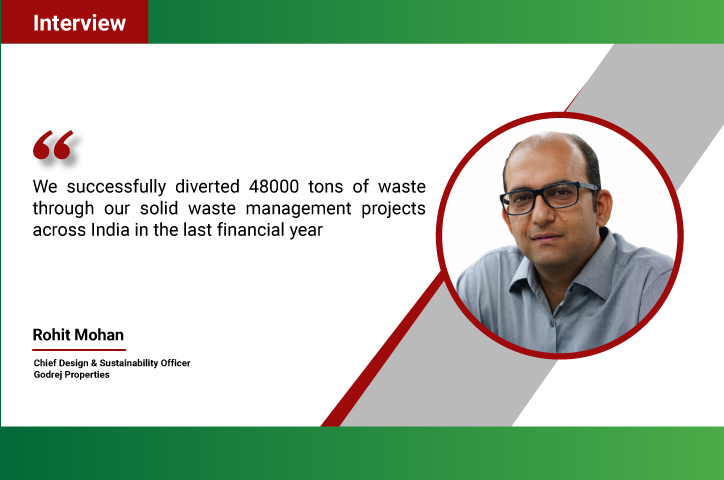

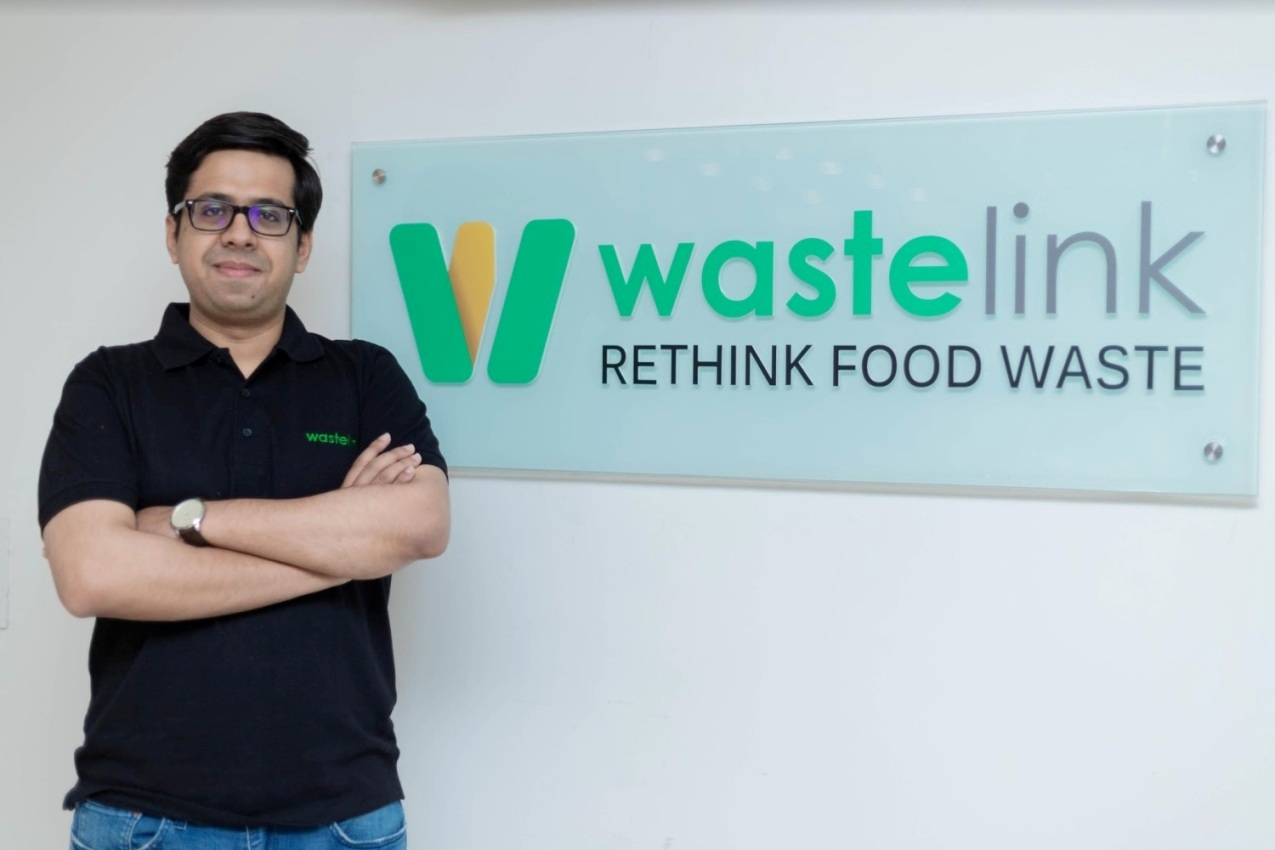
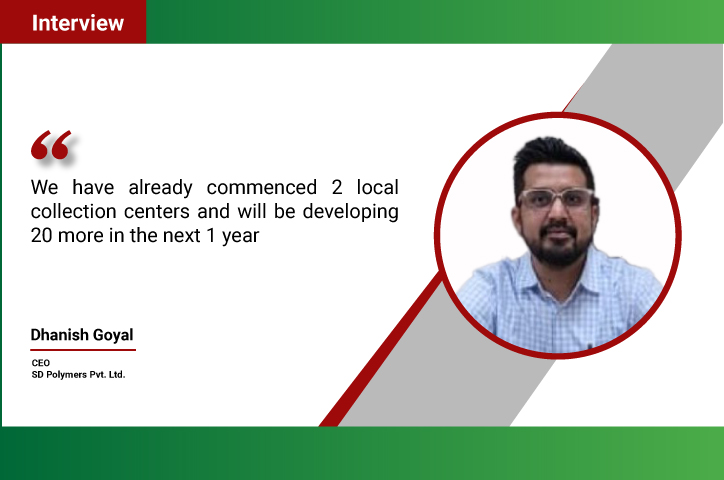
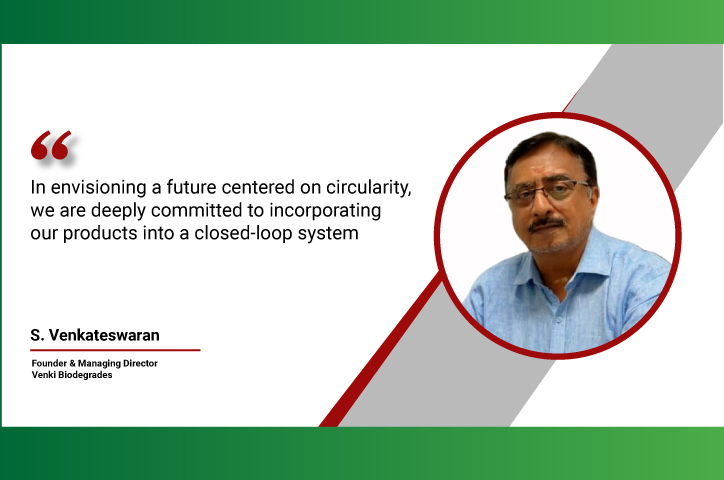
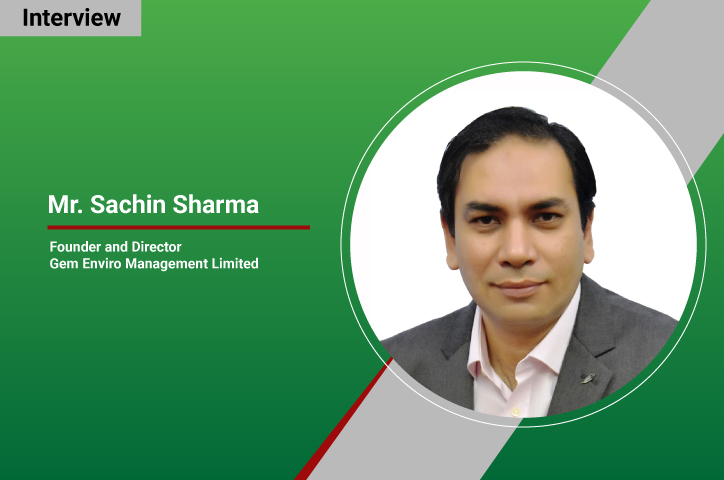
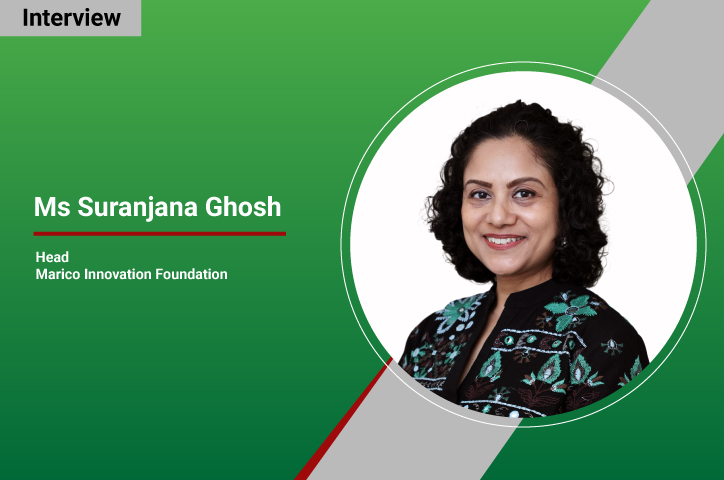

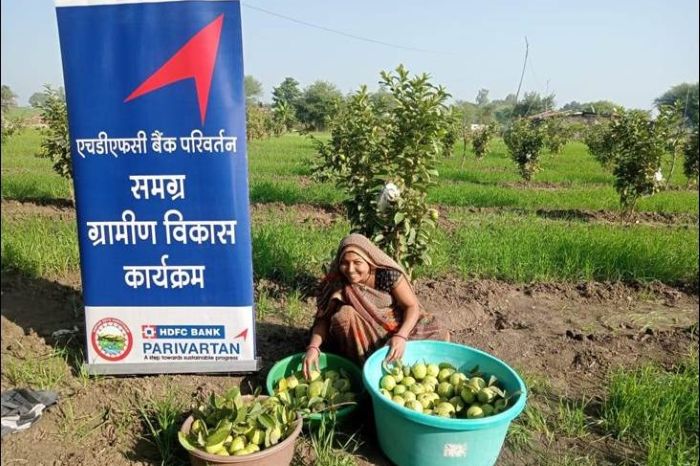

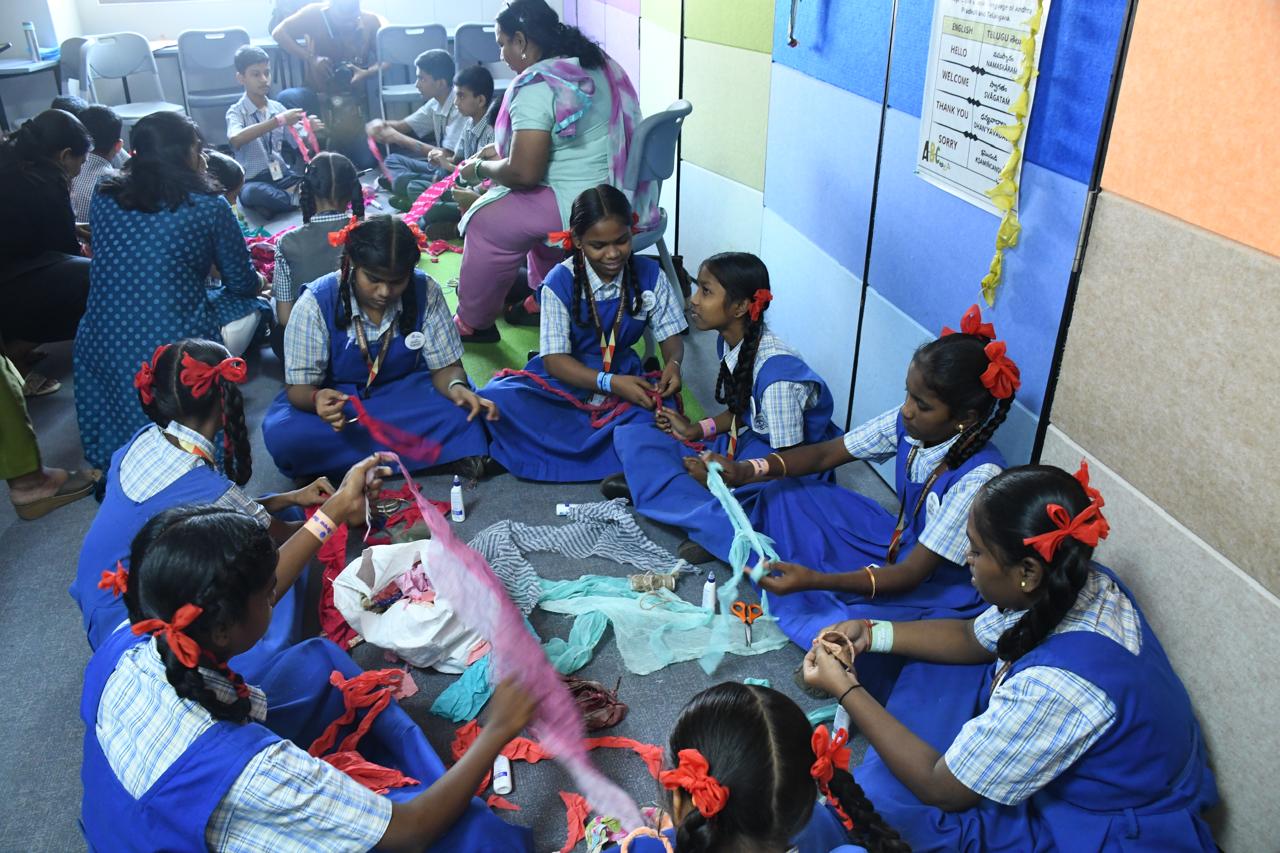

.jpg)




